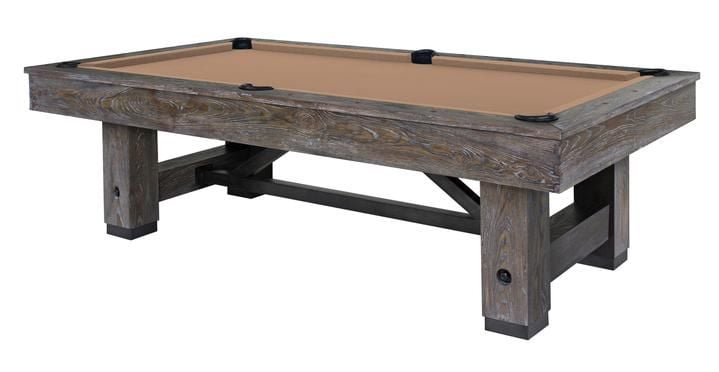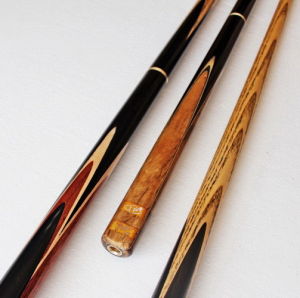
Billiards requires skill-based players to hit the cue ball at an exact angle. This allows the cue to travel at a particular speed and add a spin to the ball. A lot of players don't consider the angle when shooting their shots. It's a good idea to take the time to study the different positions the cue balls can be hit in order to have a better understanding of the best position to hit it.
You must first understand what angles you can use to grasp the game. Practice the different angles and how they affect the game can help you avoid making costly mistakes. In fact, taking some time to master the various angles for each shot can help you gain the experience and confidence to make more precise shots in the future.

A pen and notepad are the best way to find your angles. You should think about how each shot will impact the game. Also, you should have a general plan of action for each shot. If you want the cueball to be drawn back, you need to hit it just over its center. That is the best position to hit it. But remember, it will not do much good if you don't follow through.
Playing a few games is another way to gain a feel for the cueball. One option is to play pool online. The web version allows you to place the cueball and tap the left mouse button. Once you are comfortable with the game, you can play real pool.
Finding the ideal cue ball angle can be difficult. It can be difficult, but it is possible with a little trial and error. You must take time to hit your ball correctly and follow through. Your chances of hitting the ball with a successful shot are slim.
When it comes to hitting the cue ball, there are some other factors to consider. While there is no magic number, the best places to aim are the areas of the table that allow for the least amount of interference from other players. Additionally, you will need to use the appropriate English in order to get the best possible result.

A tangentline is a line that a cue ball follows when it hits the ground. The cue ball's center should be the tangent line. It should run parallel to the cue ball's direction. A tangent is particularly useful when the cue ball rolls. You can also use the speed of your ball to determine the direction of your tangent line.